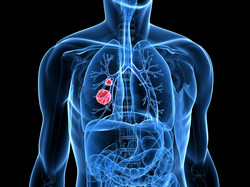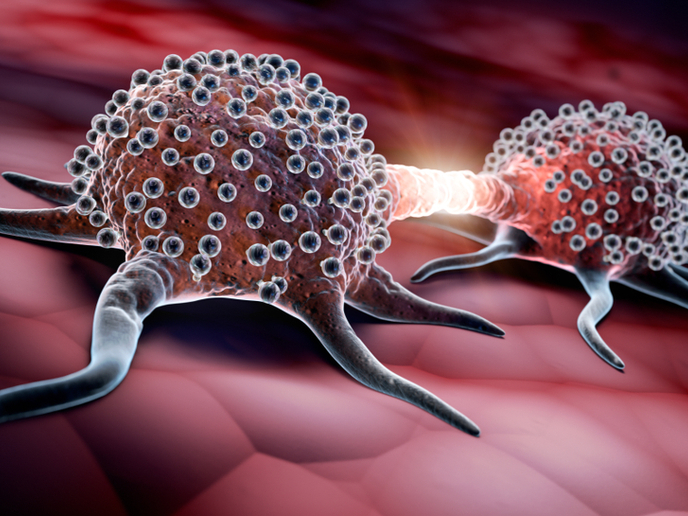Cancer sniffer promises earlier diagnosis
In the last few years, a number of reports have revealed that volatile organic compounds emitted from the membranes or microenvironment of cancer cells travel on a person's breath. Volatile organic compounds in exhaled breath could provide a cheap, rapid lung cancer diagnosis to replace the current expensive, time-consuming tests. The EU-funded LCAOS(opens in new window) (A nanoscale artificial nose to easily detect volatile biomarkers at early stages of lung cancer and related genetic mutations) project worked to create an artificial nose to detect both the presence of lung cancer and an individual's increased risk for developing it. Scientists successfully designed, produced and tested the NaNose concept using nanowires equipped with molecular functional groups, connected to a pattern recognition system to analyse the results. This information can provide a diagnosis, monitor lung cancer therapy or indicate an increased risk of lung cancer. The NaNose was tested on more than 600 patients, and showed very good sensitivity and success rate in diagnosing different stages of lung cancer. The device can even discriminate between different genetic markers of lung cancer, despite confounding factors like ethnicity or smoking habits. LCAOS have succeeded in improving early lung cancer detection and diagnosis far beyond the current state of the art with the inexpensive, rapid and non-invasive NaNose. The device has the potential to reduce lung cancer mortality and healthcare costs, and may even be applicable to other types of cancer in the future.







